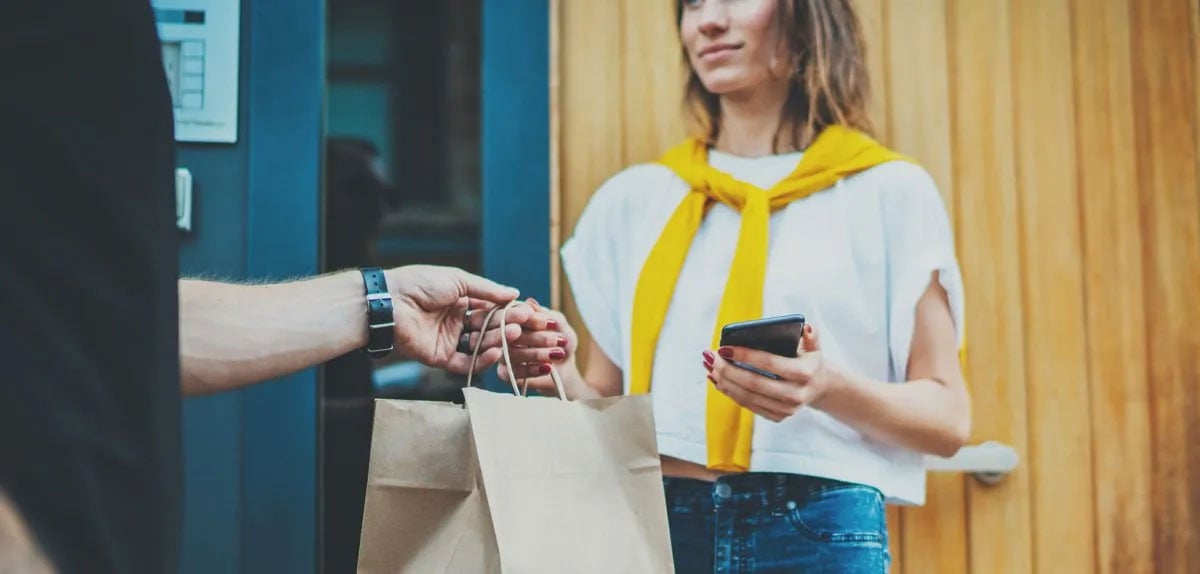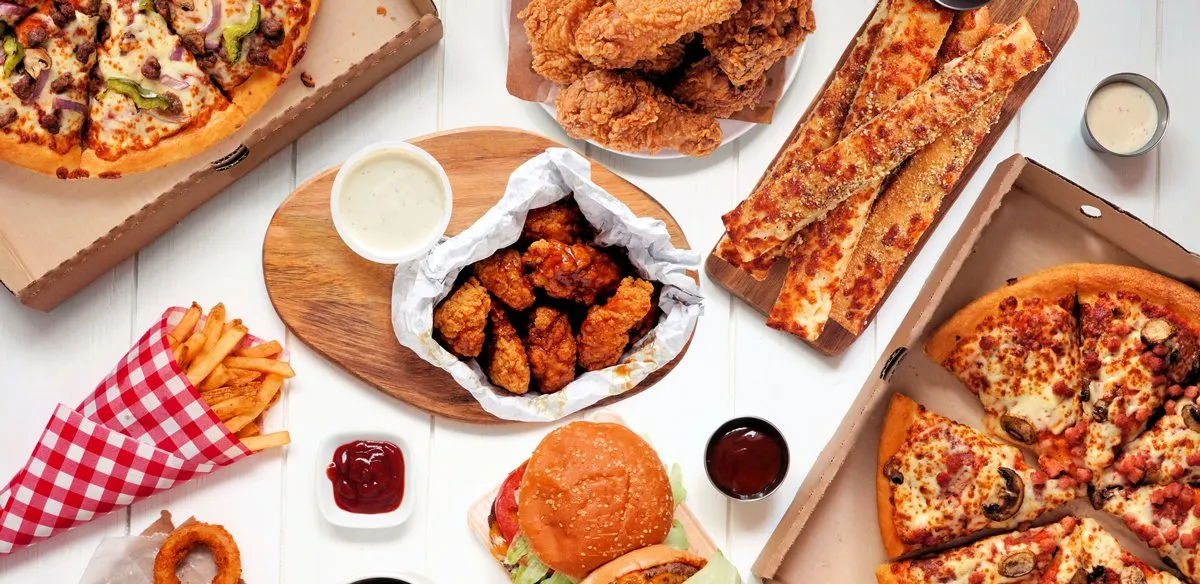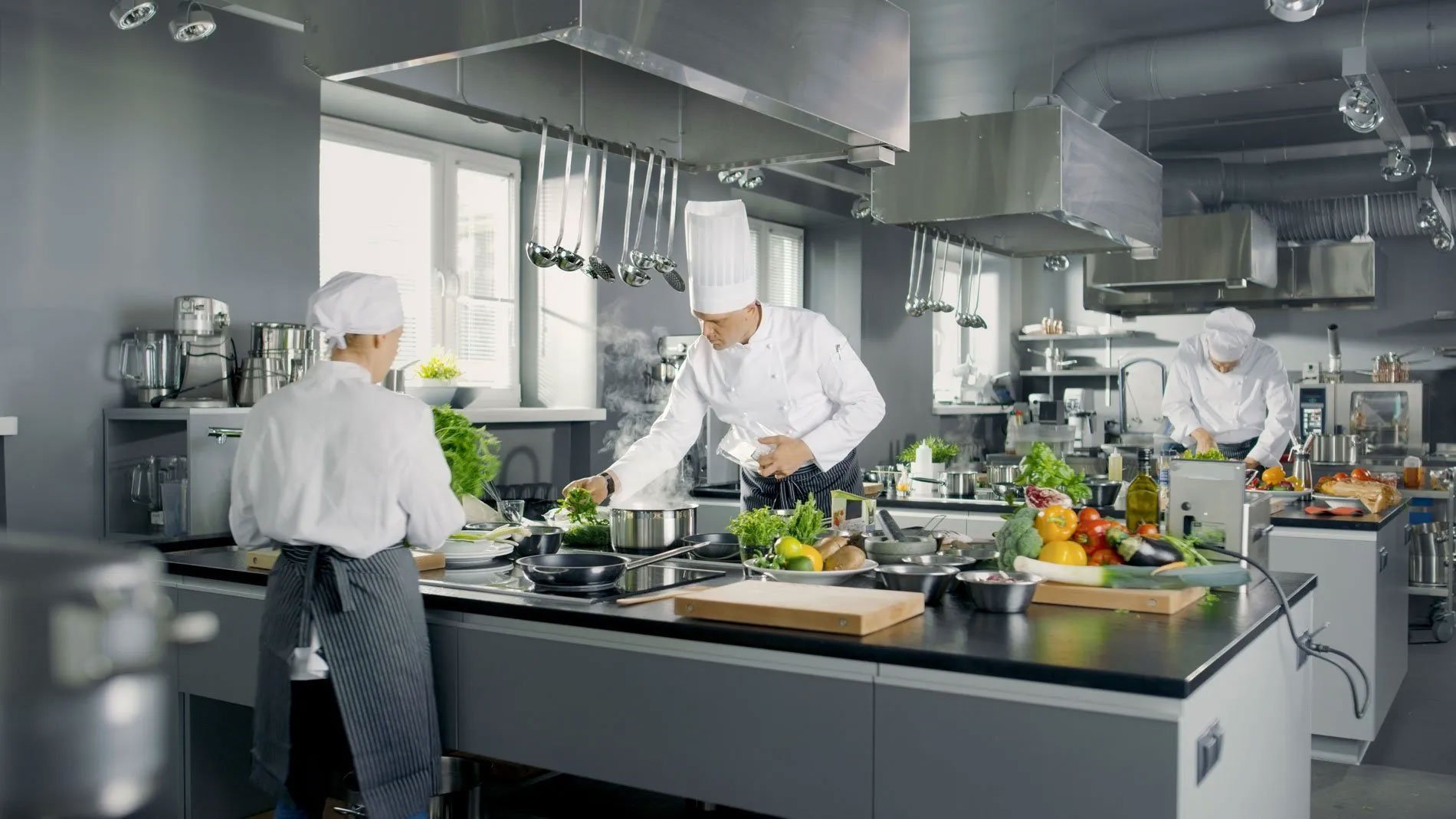Virtual brands: A passing phase or long-term shift in hospitality?
We explore the 12 ways that virtual brands are benefitting hospitality businesses. Virtual brands seem to be flavour of the moment in the world of...
4 min read
Louie Scarpari : 11/01/2023 10:30:18 AM

Imagine running a franchise with 20 locations - COVID has driven online and delivery sales, but you still have excess capacities in your kitchens. There’s a new food concept you have been wanting to get off the ground, and you see online and delivery as the perfect channel. How do you take advantage of this opportunity?
Virtual brands seem to be flavour of the moment in the world of hospitality. But what is a virtual brand, and why the explosion in popularity? Should you be considering a virtual brand for your hospitality business and if so, what are the benefits for your franchise?
What is a virtual brand?
A virtual brand is one that exists digitally, but with no physical presence. No physical restaurant, not even a bricks-and-mortar pickup outlet. A virtual brand offers food that is available via delivery only.
It might be run from the kitchen of an existing restaurant or outlet, or the food might be prepared in a ‘dark kitchen’ - that is, a stand-alone kitchen that is not attached to any form of shop-front.
Virtual brands provide an opportunity to expand your offering by harnessing the extra capacity in your kitchen. So, you decide to run 4 virtual brands from each kitchen, complementing your 20 physical sites with 80 virtual companion sites – 100 in total. Wow!
The benefits of virtual brands
Virtual brands offer multiple, very real benefits that are likely to see their continued growth long after the world is allowed back into restaurants:
What are dark kitchens (aka ‘ghost kitchens’)?
A dark kitchen is one that exists to prepare meals for delivery only. No option to eat in, no customers coming to collect take-away. Just the cooking staff and the delivery drivers.
Dark kitchens, so called because there is nothing from the outside to show that it is a kitchen, are facilitated and sometimes even owned by 3rd party delivery services such as DoorDash, Menulog, Deliveroo and Uber Eats. Dark Kitchens also weave in their own online ordering sites, offering pick-up and white label delivery services such as DoorDash Drive or Uber Direct. Customers order online, the dark kitchen preps the food and hands it over to a delivery service, or perhaps a customer at a pick-up window.
What are the benefits of a dark kitchen?
For restaurant operators, there are certainly benefits in the growing trend towards dark kitchens - here’s the top seven reasons they might want to consider this new approach to food prep:
Whilst dark kitchens and virtual brands are relatively new in the Australian market, evidence from overseas would suggest that they will continue to grow. The pandemic has increased consumers’ demand for good food, delivered to their home rapidly and efficiently. And whilst dine-in is a much appreciated treat, especially after lockdown, the likelihood is that the restaurant landscape will continue to accommodate both virtual brands and dark kitchens.

We explore the 12 ways that virtual brands are benefitting hospitality businesses. Virtual brands seem to be flavour of the moment in the world of...

Time for dinner - and Australians around the country open up a food ordering app, scroll their favourite cuisines and place an online order for...

Concept Eight and Redcat partner to streamline operations with a single management portal for virtual and physical brands Concept Eight is the...